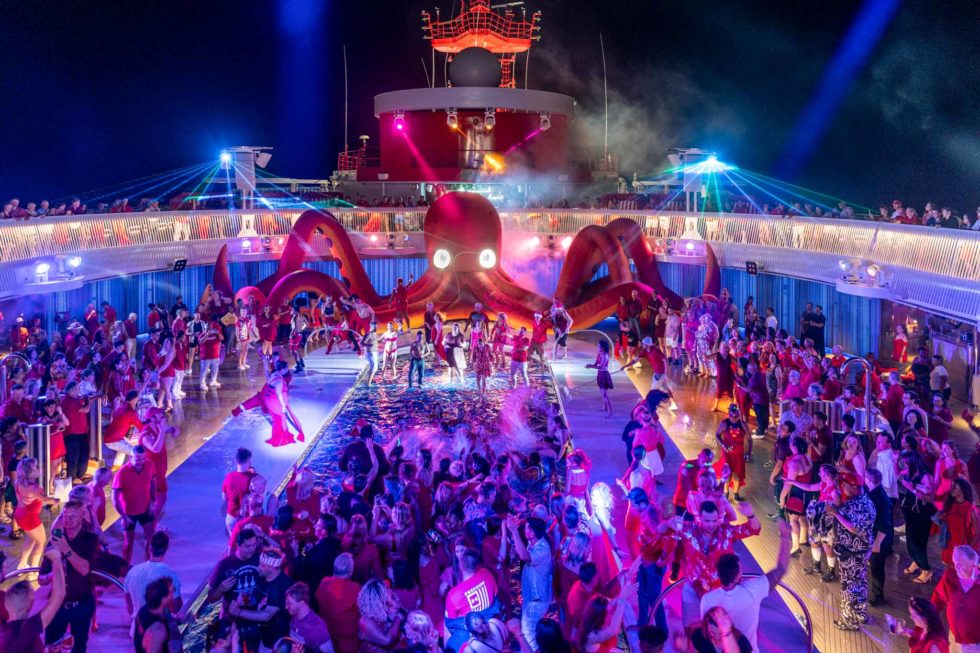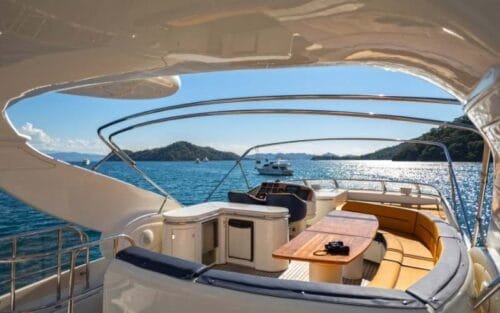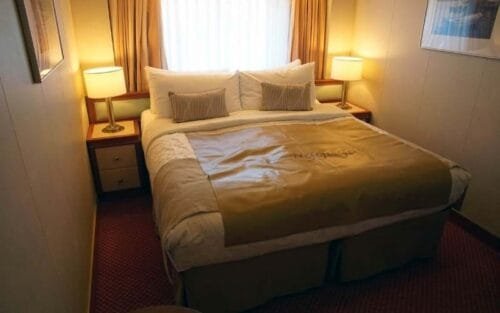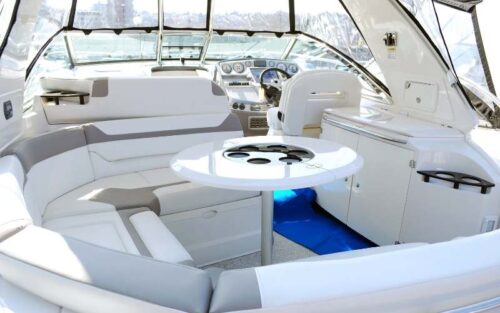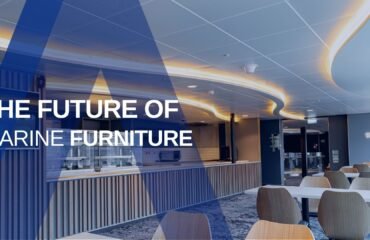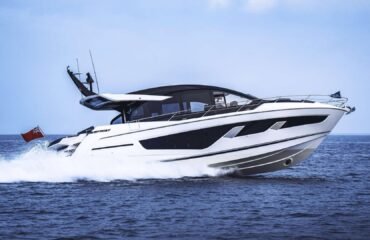In the maritime world, ship interior design is not only about functionality but also about aesthetics and comfort. In our Concept Design for Ship Interiors ,we provide tailored solutions to give your ships a unique and distinguished look. With our concept design services for ship interiors, we seamlessly combine modern and traditional maritime aesthetics. Contact us to optimize your ship interiors in the best possible way!
Concept ship design combines innovation, aesthetics, and functionality in a detailed process. It requires the collaboration of engineering, architecture, and creative thinking. Below are the main stages of creating a concept ship design:
Key Steps in Concept Ship Design
The purpose and target audience of the ship must be defined before starting the design.
- Purpose: Will the ship be a passenger cruise, a scientific research vessel, or something else?
- Target Audience: Is the focus on passenger comfort or industrial utility?
These questions help establish the core direction of the design. Simultaneously, current trends, material innovations, and technological advancements are thoroughly researched.
Concept Sketching and Visualization
Initial ideas are visualized on paper or digital platforms.
- Hand Sketches: Basic sketches reflect the designers’ creative ideas.
- 3D Modeling: More detailed and realistic models are created using Computer-Aided Design (CAD) software.
At this stage, the general structure, dimensions, and aesthetic features of the ship begin to take shape.
The Role of Engineering in Concept Ship Design
Engineering details are addressed to ensure the ship’s performance and safety.
- Hydrodynamic Calculations: The interaction between the ship’s hull and water is analyzed.
- Material Selection: Lightweight and durable materials are prioritized, with eco-friendly options considered.
- Energy Systems: The power source (fossil fuels, nuclear energy, solar panels, etc.) is chosen for the ship.
Detailing and Interior Design
The ship’s interiors are planned according to its purpose.
- Passenger Ships: Comfortable cabins, restaurants, entertainment areas, and open-air terraces are included.
- Research Vessels: Laboratories, storage spaces, and efficient work environments are designed.
Both aesthetics and functionality are key considerations at this stage.
Environmental and Legal Compliance
The design must comply with international maritime standards and minimize its environmental impact.
- Sustainability: Renewable energy sources and waste management systems are integrated.
- Legal Standards: Dimensions, weight, and safety systems adhere to regulatory requirements.
Prototype Development and Testing
Once the design is finalized, a prototype or simulation model is created. This model is used to test the ship’s performance, durability, and safety. Hydrodynamic testing pools and computer simulations play a crucial role in this phase.
Conclusion
Concept ship design is a complex process that starts with a creative idea and evolves into detailed engineering work. A successful design combines aesthetics, functionality, environmental sustainability, and technical requirements. With modern technologies and innovative approaches, the maritime industry continues to produce increasingly impressive concept ships.
If you’d like to explore this process with a real-life example, I’d be happy to assist further! 😊

